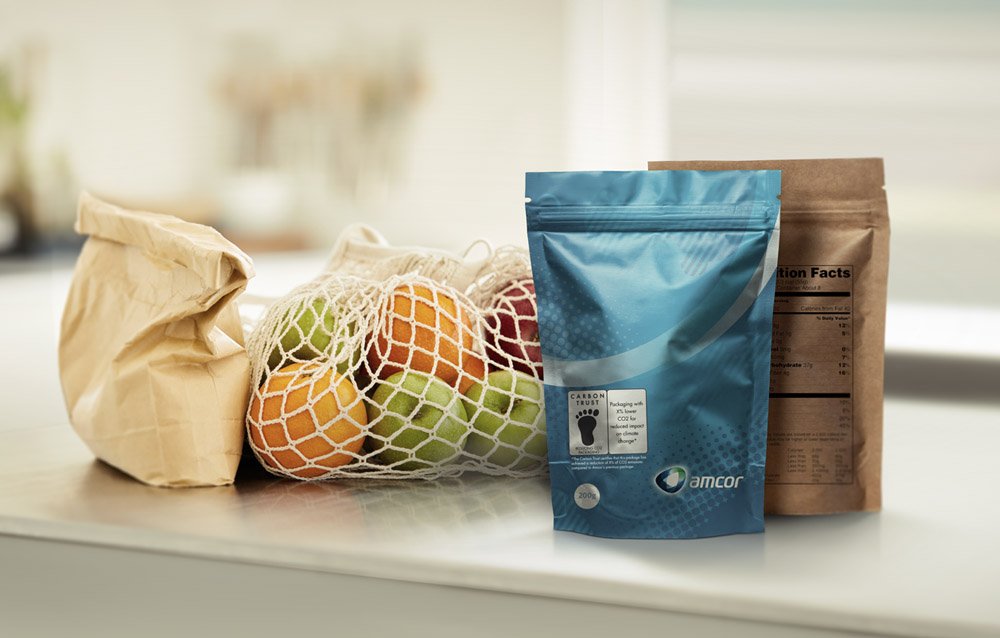Packaging versus labelling
The packaging and labelling of a new product are frequently the first items one see when purchasing it. Packaging many things to be adequately covered and safeguarded from contaminants or damage must be packaged appropriately. A prudent client would wish to know all the fundamental facts about a product before buying it. Hence labelling is primarily done on the box. Printing labels for packages must includes brand names, slogans, graphics, and pictures printed on the packaging for goods.
Packaging
Package refers to the different tasks that are done to design & create an appropriate container for just a product, which might take the shape of a plastic container, box, tube, container, wrapping, box, tin, etc. The packing should be done correctly and firmly to shield the item from infection, leakage, evaporation, spoiling, or damage while it is being stored, transported, or promoted.
Packaging encompasses all elements of an entire product package which identify the commodity and the production entity affiliated with it. Packaging is much more than simply a container ready to receive a product when it is placed inside. The general layout, appearance, and feel of the container within which the product will be identified and displayed for market sales are included. As a result, it promotes a brand by raising awareness of it and serving as a vehicle for advertising.
Labelling
All pertinent details about the goods and their maker are shown on the package via labelling. Although it is often included in the product box, the details may also be readily made on the item if required.
Labelling aids producers in conveying product data to consumers, who may use such information and compare their chosen product to others of a similar kind and make an informed purchasing decision. For instance, labelling provides information about the contents of the package (i.e., the core product including jewellery etc.), features, cost, name of a producer, date of manufacturing, expiry date, mass, usage instructions, and recommendations regarding putting away or discarding of the product etc. The consumer may assess if the item within the box will fulfil their demands thanks to all this information.
4 Essential Considerations for Packaging Material Selection
The lifespan of a retail item may be quite intricate. Between a factory shipping it and a client receiving it at home, there are a variety of processes and stages. Every single one is crucial to the purchase process and stands for several different commitments, from architects and marketing specialists to transportation teams, haulage companies, distribution facilities, suppliers, retail employees, consumers, and more.
Because of this, it’s crucial to ensure that the valuable object at the centre of everything – whether it’s a sandwich in a vacuum-sealed bag or a hat for just a wedding – is safeguarded at all times. This may be accomplished with the appropriate packing, but how will you know which alternatives are the best? Many options are available, so knowing what to search for may be challenging.
Star Label Packaging’, a Lubricant label printing companies specialists are fortunately available to assist. This guide lists the characteristics that all of your packing materials must have.
Safe and enduring
The required protection level will, of course, rely on how fragile your product is, even though all packing should be pretty sturdy. Freshness is quite essential when marketing food goods, for instance. Bread, veggies, sliced poultry, and baked items must all be kept in containers to prevent oxidation and premature ageing. The product is held firmly in place, and the air is removed by vacuum sealers, making them a suitable option.
Cheap and Simple to Use
If the packaging is intricate, you may need additional time to prepare things for sale. Keep things straightforward using heat-sealed “pulling open” bags and transparent, inconspicuous shrink wrap since customers don’t like too complicated packs. Ensure that the package doesn’t interfere with or disturb your branding and brand design if it isn’t incorporated. This is especially essential for items like cover art, which must be preserved in a manner that doesn’t hide any crucial information.
Widely accessible always
Packaging materials are among the items that you sometimes run out of. There’s no proper way to forecast whether or when you’ll see a surge, but sales numbers will offer you a fair sense of what to purchase and how much. It is advisable using the same packaging vendor consistently for this reason. Establish a reliable connection to ensure that your needs are always met and that you never have trouble finding a supplier that can fulfil them. Don’t hesitate to contact using the information on the contact page if you are looking for a packaging provider.
Legal and environmentally responsible
Furthermore, you must ensure that your packaging provider complies with all applicable local, state, and federal regulations. Sustainable packaging is a critical component which encourages all firms to lower their carbon footprints. Star Label Packaging exclusively employs premium materials to provide more strength, safety, and protection with a less environmental footprint.
Compare Your Costs
Probably the most restricting factor will be this one. Certain packing materials might be costly depending on specific businesses’ cosmetic standards or durability needs.
Demand for more eco-friendly packaging materials, which may be more costly than less eco-friendly components like single-use plastics, rises as consumers’ desire for goods with sustainable ingredients grows. Compared to the expensive tooling expenses required for plastic wrapping, paperboard alternatives might sometimes be more affordable. (Extensive customisation and unique packaging choices are advantages of using paperboard.)
The possible additional expenses associated with sustainability initiatives are probably still worthwhile. Packaging and labelling are essential marketing elements that support consumers’ decision-making. Since packaging is the first thing buyers will see, businesses spend a great deal of money on it. To attract consumers, companies develop enticing and creative packaging. Labelling, a private label motor oil , focuses on providing the buyer with all the necessary product information. When carried out properly, these two procedures will result in more sales and profits.

